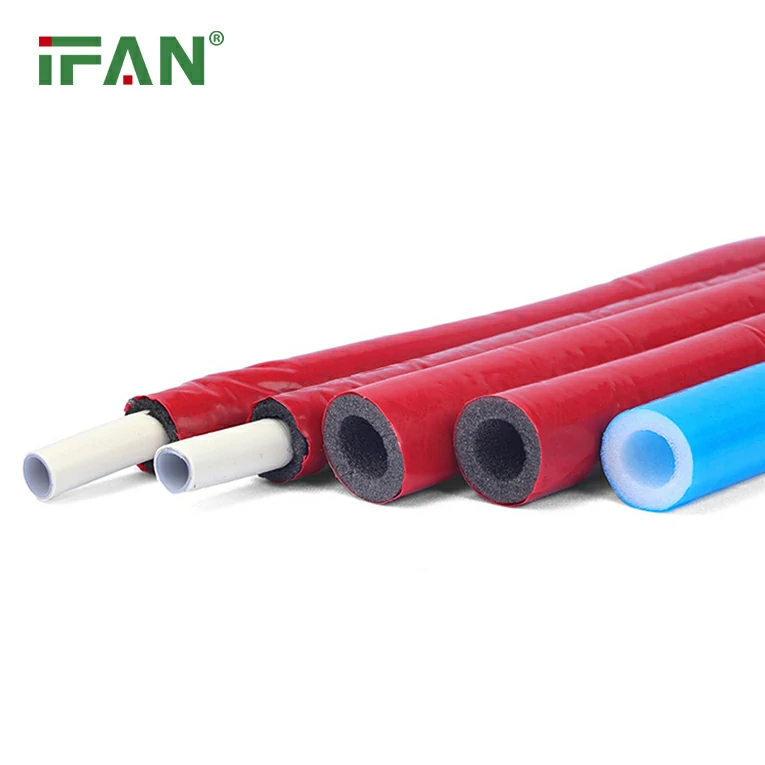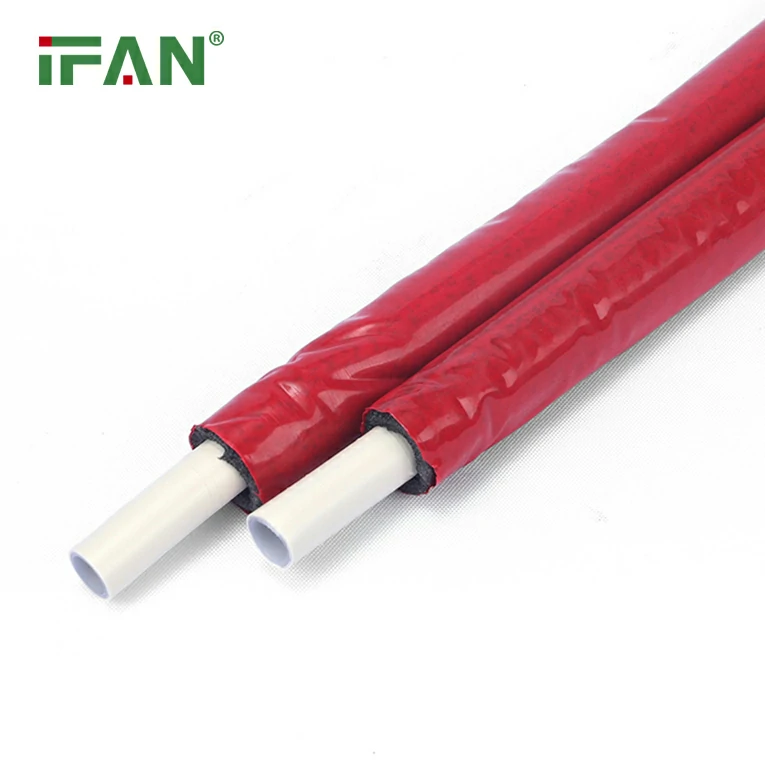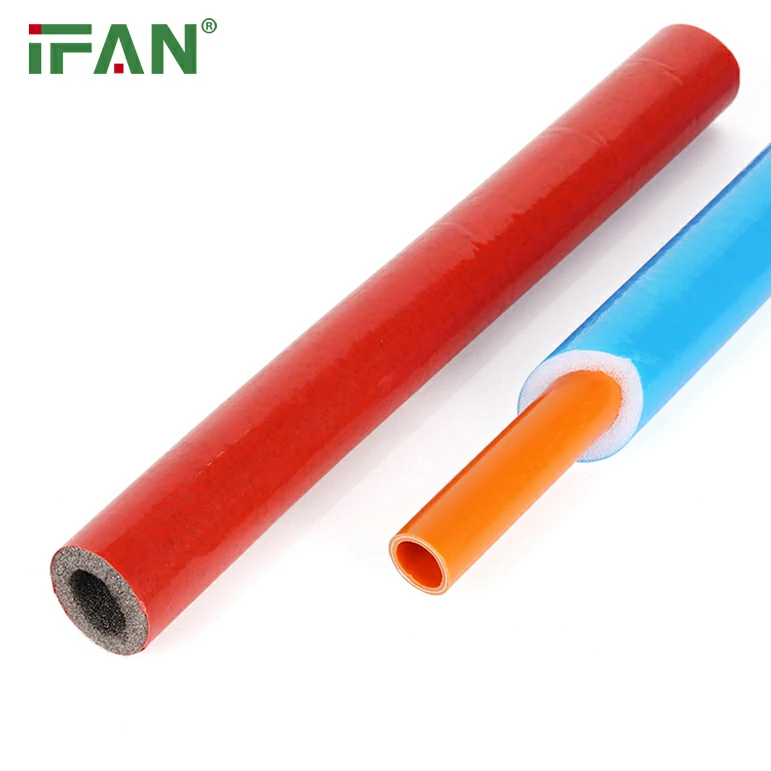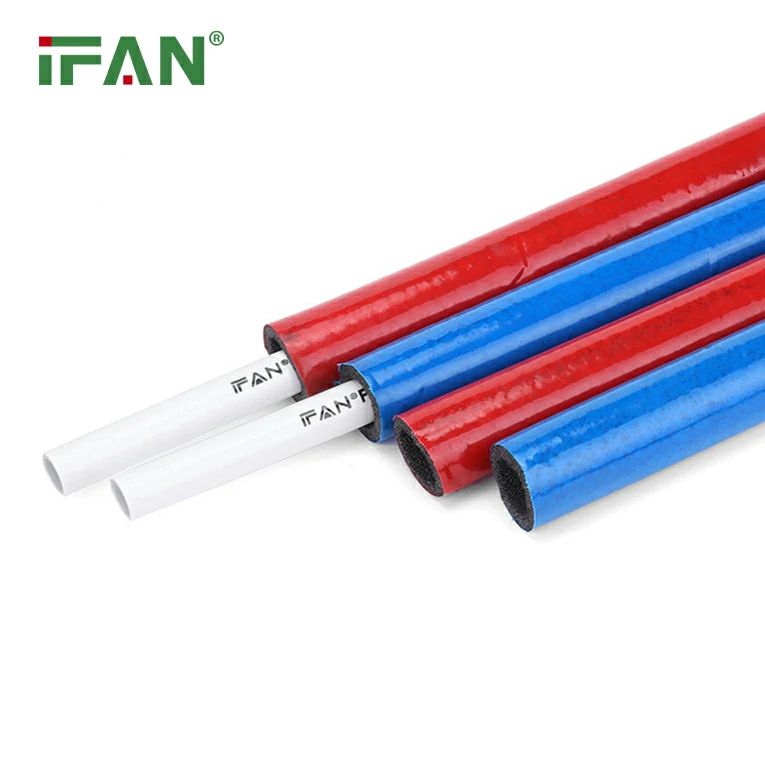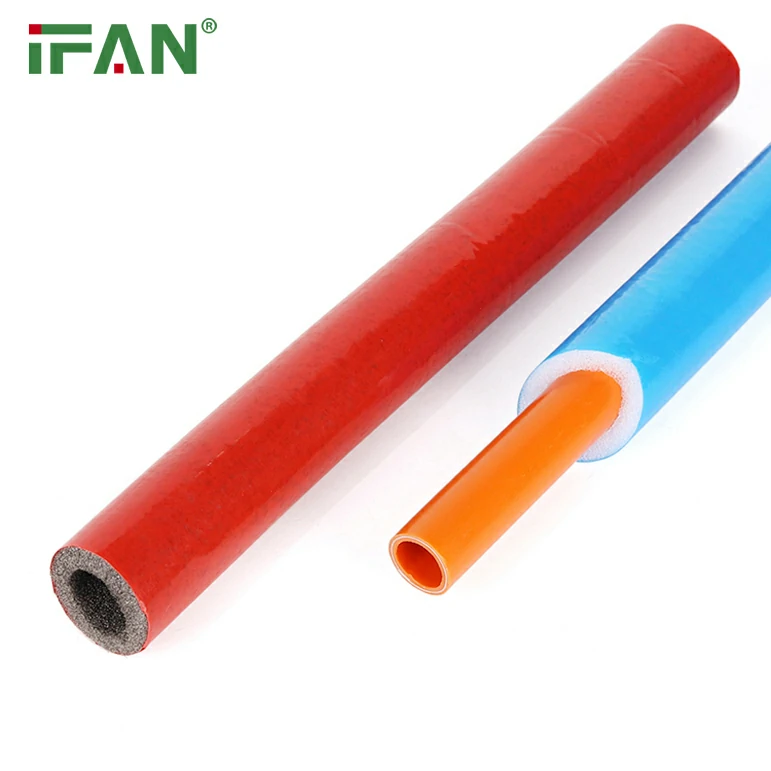The Most Common Questions about PPR Fittings Answered
If you’re shopping for plumbing fittings, you may have come across PPR fittings. These fittings are made of polypropylene random copolymer and are becoming increasingly popular in plumbing systems. However, many people are unfamiliar with PPR fittings and have questions about them. In this article, we’ll answer the most common questions about PPR fittings.
What are PPR fittings?
PPR fittings are plumbing fittings made from polypropylene random copolymer, which is a type of plastic. These fittings are available in a range of shapes and sizes, including elbows, tees, reducers, and more.
What are the advantages of PPR fittings?
PPR fittings have numerous advantages over other types of fittings, such as PVC and copper. First of all, they are corrosion-resistant, which means they don’t rust or deteriorate over time. They are also freeze-resistant, which means they won’t crack or break when exposed to freezing temperatures. PPR fittings are also easy to install, as they can be welded together using a special welding machine.
What are the applications of PPR fittings?
PPR fittings are used in a wide range of applications, including hot and cold water supply, heating systems, and more. They are commonly used in residential, commercial, and industrial plumbing systems.
How do you install PPR fittings?
To install PPR fittings, you’ll need a special welding machine and the fittings themselves. First, you’ll need to cut the pipes to the desired length, then insert the fittings into the ends of the pipes. Next, you’ll use the welding machine to heat the fittings and pipes, which will melt the material and fuse them together. This creates a strong, leak-free joint.
What are the cost implications of using PPR fittings?
Although PPR fittings may be slightly more expensive than traditional PVC or copper fittings, they offer a range of advantages that make them worth the investment. For example, they are corrosion-resistant, which means they last longer and require less maintenance. They are also easy to install, which can save you money on installation costs.
In conclusion, PPR fittings are an excellent choice for plumbing systems due to their numerous advantages over other types of fittings. They are corrosion-resistant, freeze-resistant, and easy to install, making them a cost-effective and reliable option for a wide range of applications. If you’re in the market for plumbing fittings, consider using PPR fittings for your next project.
Meta Description: Learn everything you need to know about PPR fittings, including their advantages, applications, and installation process.

